How to legally change your licence plates in Thailand
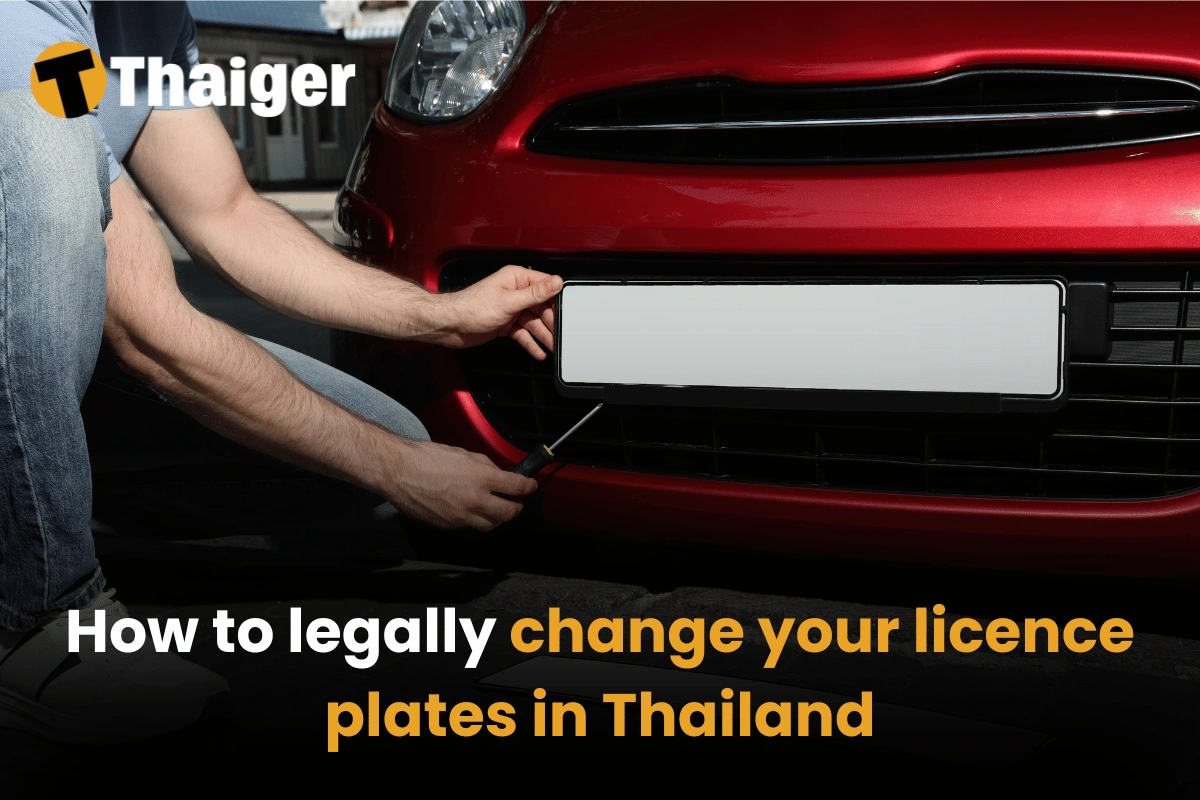
The Department of Land Transport (DLT) manages the straightforward process of changing licence plates in Thailand. Whether you need to update your plates due to relocation, replace lost or damaged ones, or switch to a lucky number, it’s important to follow the legal steps. This guide explains everything you need to know about the process, including required documents, fees, and how to apply. By following these steps, you can update your vehicle’s registration smoothly and stay within the law while personalising your plates.
Reasons for changing licence plates in Thailand
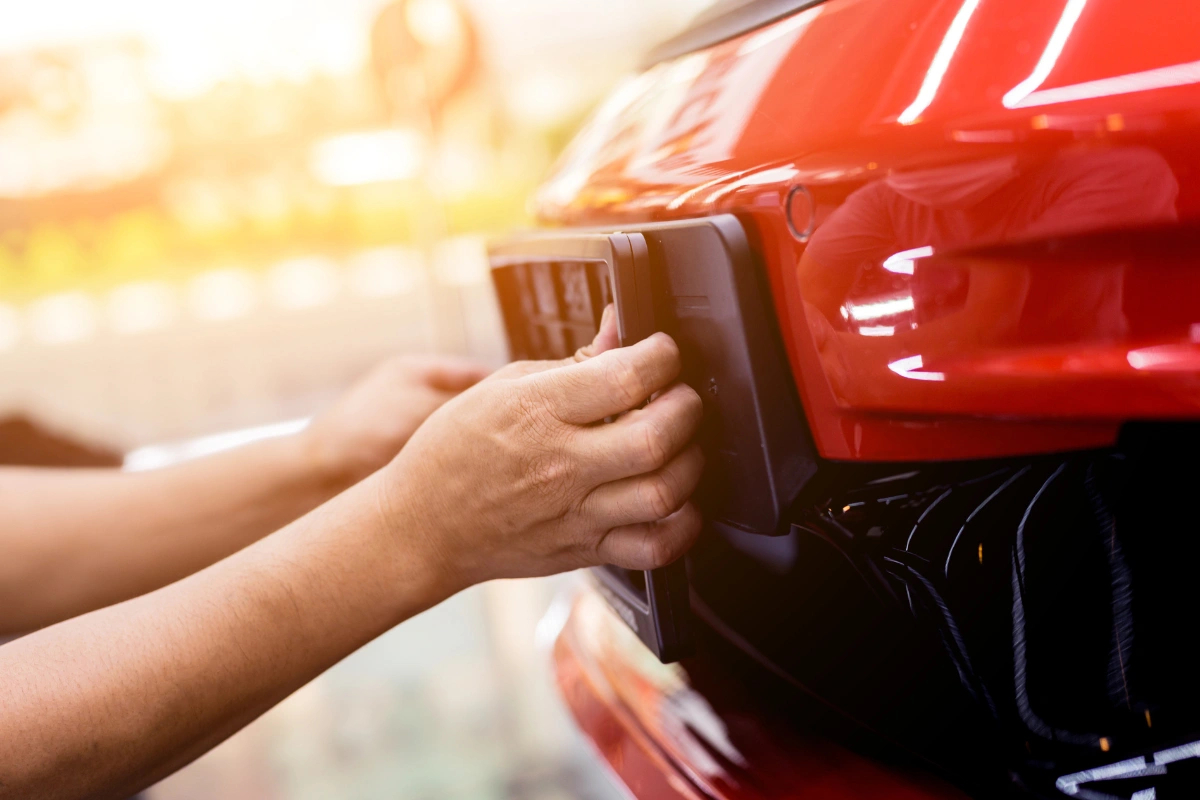
Changing licence plates in Thailand is a common practice influenced by various factors:
- Ownership transfer: When a car is bought or sold, the licence plates often need to be updated to reflect the new owner’s details.
- Replacing lost or damaged plates: If plates are damaged or lost, they must be replaced to comply with legal requirements and ensure proper vehicle identification.
- Personalisation: Many drivers choose personalised plates to stand out or express their individuality, making their vehicles more unique.
- Cultural beliefs and lucky numbers: In Thailand, licence plates often hold cultural significance. Many drivers prefer lucky number combinations, such as 5555 (symbolising happiness) or 9999 (representing prosperity), believing they bring good fortune. These numbers are so popular, and they are often auctioned for high prices.
Legal process for changing standard licence plates
Changing standard licence plates in Thailand is a straightforward process managed by the Department of Land Transport (DLT). Here’s a simple guide to the documents you need and the steps to follow:
Required documents

To start the process, vehicle owners need to prepare the following things:
| Document | Details |
| Vehicle registration book | Original or certified copy |
| Proof of identity | Valid ID card or passport of the vehicle owner |
| Additional documents for foreigners | Valid work permit or proof of residency (e.g., certificate of residence or lease agreement) |
| Ownership proof | Documents showing ownership or receipt of the licence plate |
| Old licence plates | Must be returned if replaced due to damage or wear |
| For companies (juristic persons) | Company registration certificate, ID card of authorised representative, power of attorney (if applicable) |
| For financed vehicles | Authorisation from the financing company |
Steps to change licence plates

- Prepare the documents: Collect all the required documents listed above.
- Submit the application: Go to your local DLT office and submit the application with the necessary paperwork.
- Pay the fees: Standard fees include 100 baht per plate, plus any additional processing charges.
- Processing time: Once everything is approved, your new licence plates will usually be ready within 15 business days.
Costs and fees for changing licence plates in Thailand
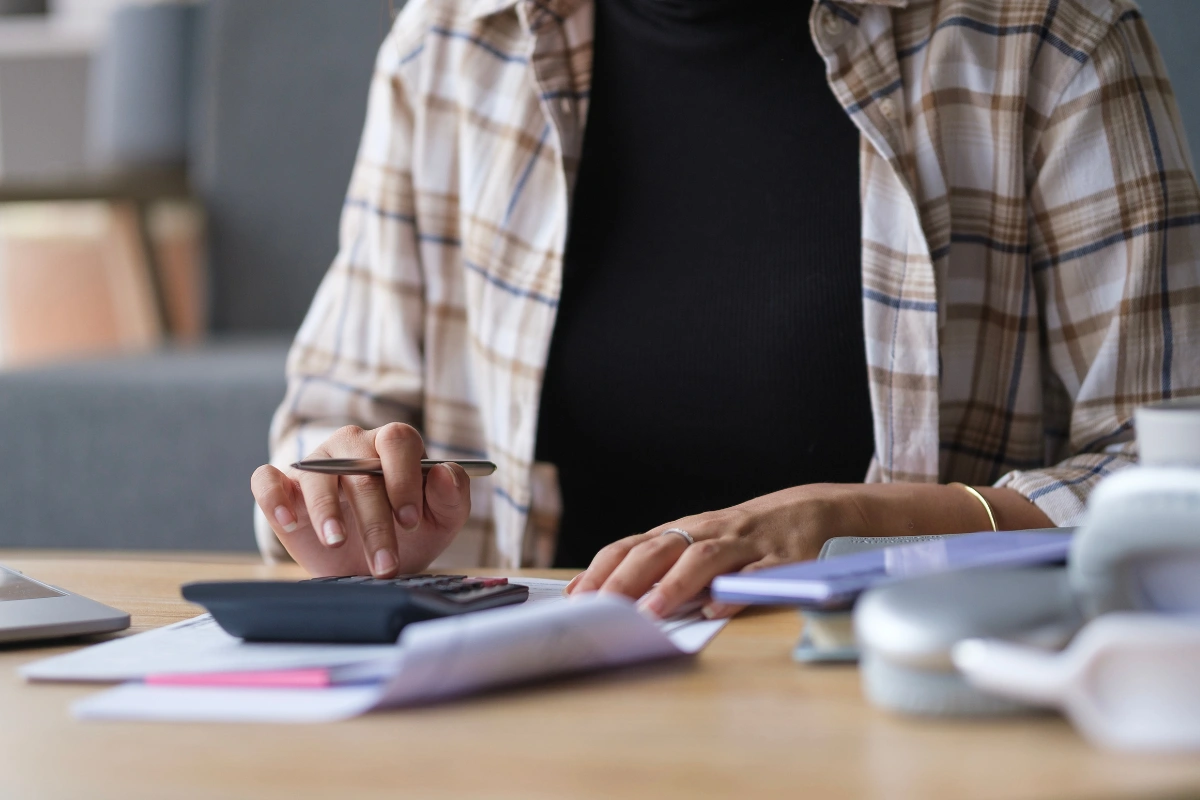
Changing licence plates in Thailand comes with specific fees depending on the type of plate and the reason for the change. Here’s a breakdown of the costs.
Standard plate changes
- Application fee: 5 baht
- Vehicle registration book fee: 100 baht
- Licence plate fee: 100 baht per plate
- Vehicle inspection fee (for cars): 50 baht
- New registration number request: 500 baht
Custom plates
- Auction plates: Prices start at 1,500 baht, but plates with lucky numbers or popular combinations can sell for millions of baht at auctions.
Lost or damaged plates
- Replacement fee: 100 baht per plate, plus a 5 baht processing fee.
Important notes
- Fees may vary slightly between provinces, so it’s best to confirm costs with your local Department of Land Transport office.
- These fees ensure compliance with regulations while giving vehicle owners the option to personalise their plates or replace them efficiently.
Custom licence plates: rules and options in Thailand
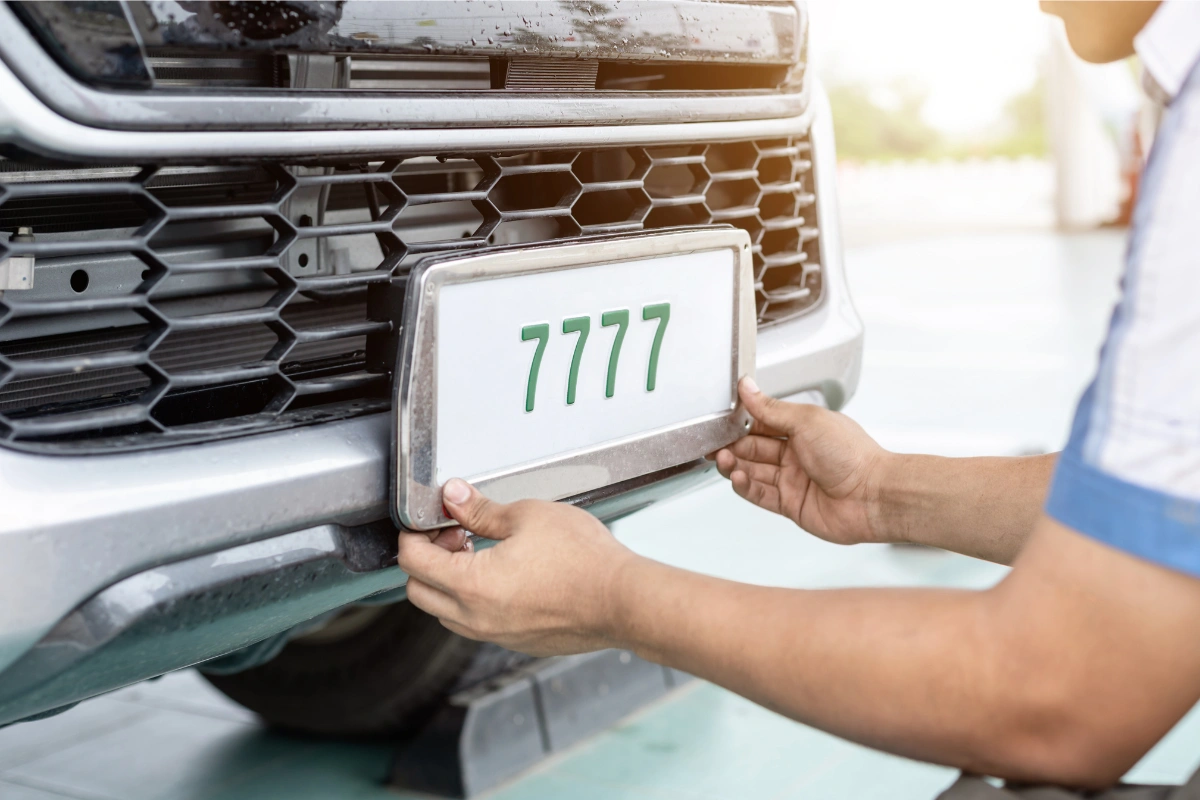
Custom licence plates in Thailand allow vehicle owners to choose unique number and letter combinations with personal or cultural significance. Popular choices like “5555” (laughter) or “9999” (longevity) reflect Thailand’s belief in lucky numbers and their connection to fortune.
How to get custom licence plates
- Check availability: Check if your desired number combination is available through the Department of Land Transport (DLT) online system or at your local DLT office.
- Submit an application: Provide required documents, including proof of identity and vehicle registration, along with your application.
- Participate in auctions: Highly sought-after numbers are auctioned, with prices starting at around one million baht and often reaching several million for auspicious combinations.
- Approval and production: Once approved, production of the custom plates typically takes 8-12 weeks.
Eligibility and cultural importance
- Custom plates are generally available for private vehicle owners, but restrictions may apply to commercial vehicles.
- These plates are seen as status symbols, with many paying premium prices for numbers considered lucky or meaningful.
- New prefixes and words have been introduced to give more options, allowing drivers to choose plates that reflect positive messages or bring good fortune.
Rules and regulations for licence plates in Thailand
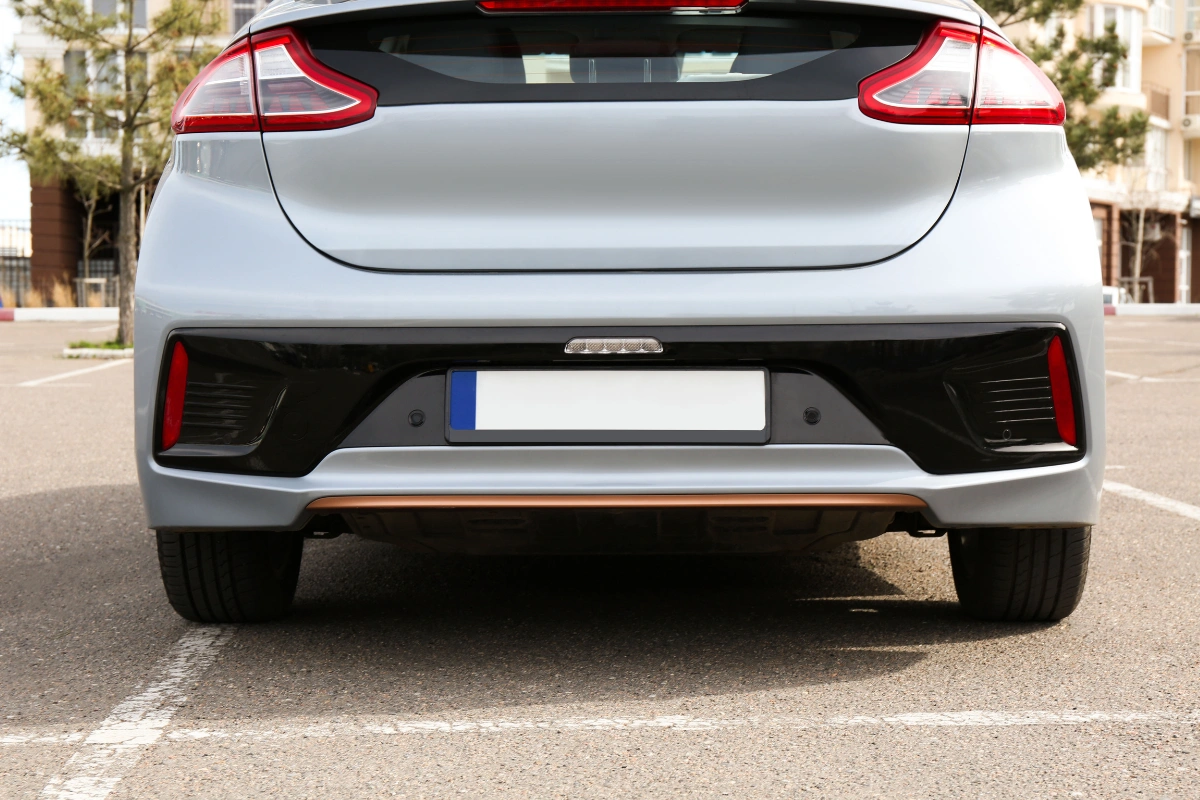
Licence plate rules in Thailand ensure proper use and visibility. Here’s what you need to know.
- Visibility and positioning: Plates must be securely attached and clearly visible on both the front and rear of the vehicle. The front plate should face forward, and the rear plate must face backwards.
- No modifications allowed: Modifying or using unofficial plates is illegal and can result in fines or even imprisonment.
Plate transfer rules
- Plates usually stay with the vehicle when sold, except for personalised plates.
- Personalised plates can only be transferred after being used for at least one year.
- Owners can switch plates between vehicles they own, but this requires approval and documentation from the Department of Land Transport (DLT).
- Temporary red plates for new vehicles cannot be transferred and must be replaced with permanent plates within 30 days of purchase.
Latest Thailand News
Follow The Thaiger on Google News:


























